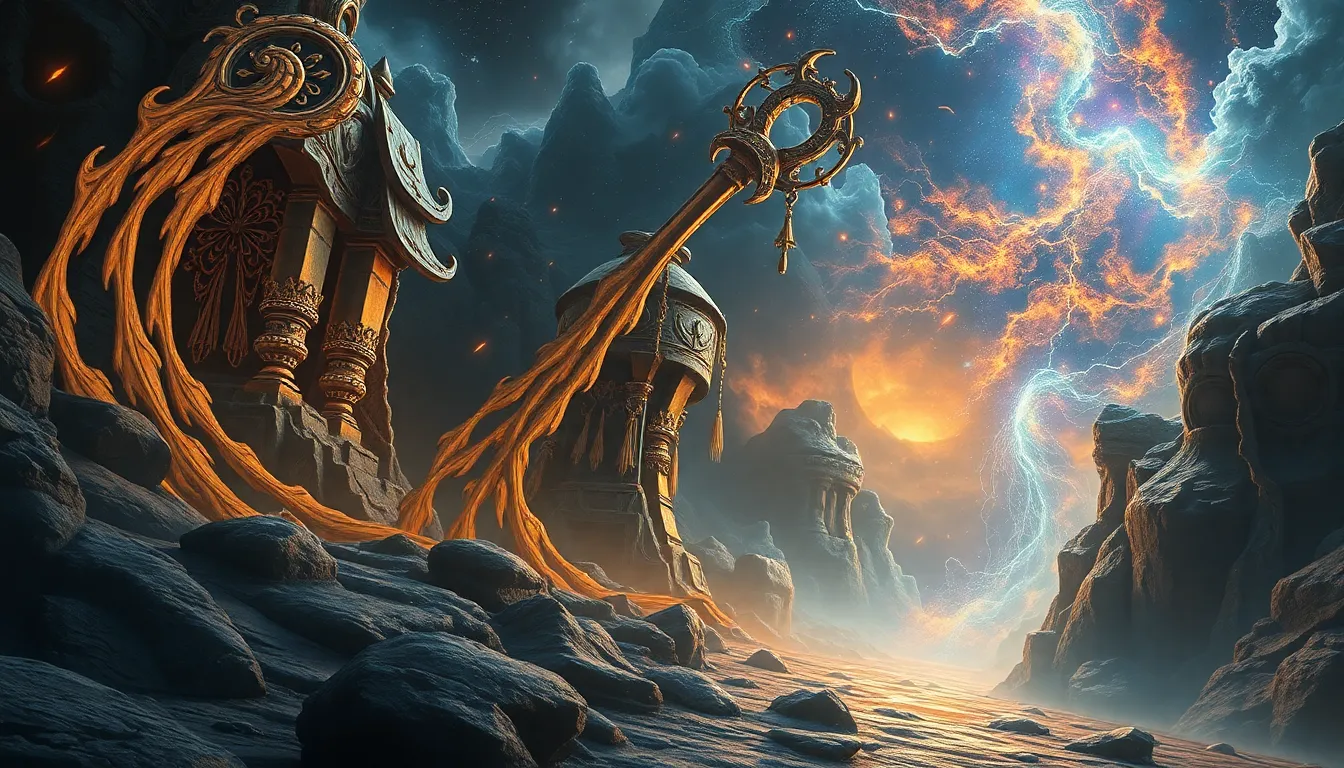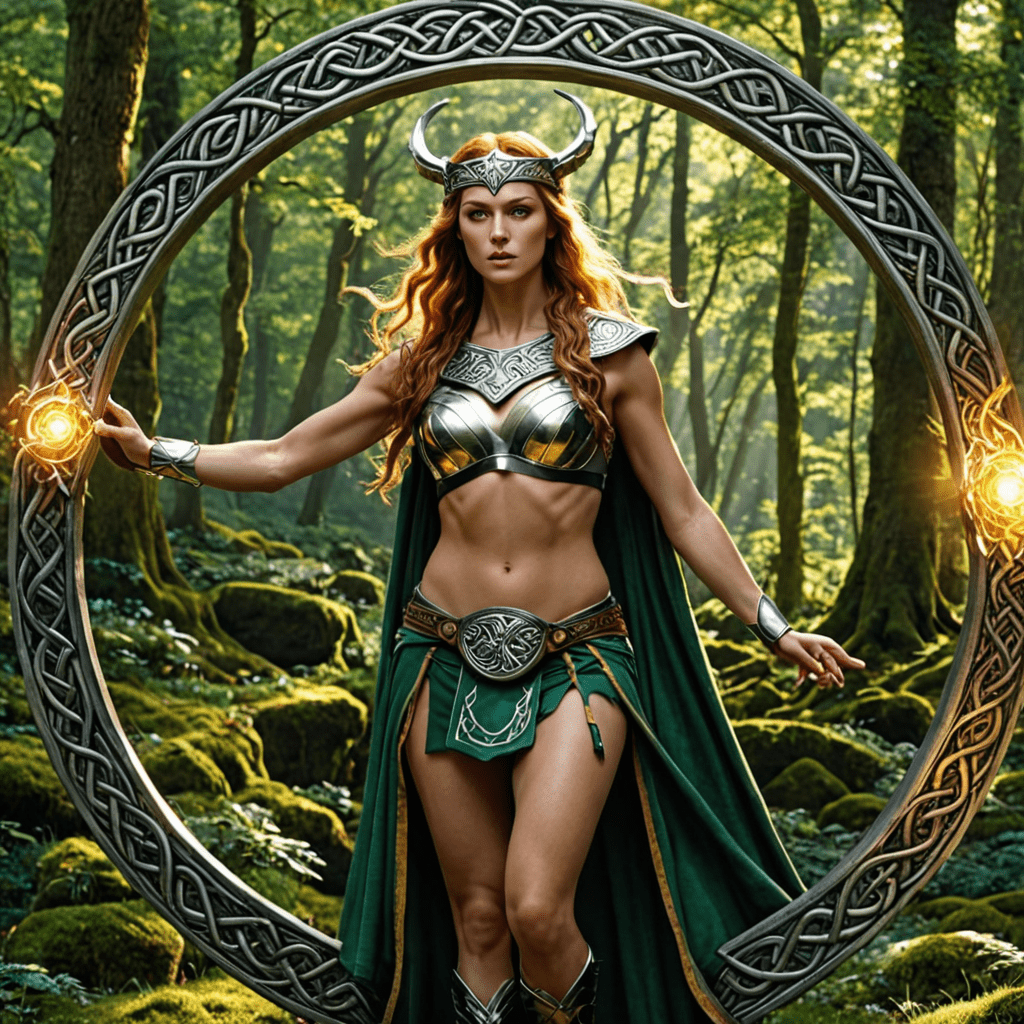The First Dream: How Creation Myths Inspire Imagination
I. Introduction
Creation myths are traditional stories that explain the origins of the universe, humanity, and the various elements within it. They serve as foundational narratives, providing insight into how different cultures perceive their world and existence. Myths play a crucial role in human culture, shaping our understanding of reality, morality, and identity.
This article explores the significance of creation myths, examining their historical context, common themes, and psychological impact. It also delves into how these narratives have influenced literature and art, interacted with scientific explanations, and been reinterpreted in modern society.
II. The Role of Creation Myths in Human History
Throughout history, creation myths have been a universal phenomenon, found in cultures across the globe. These myths often serve several functions:
- Explaining Origins: They provide explanations for the origins of the universe and humanity, often filling gaps in knowledge that early societies could not comprehend.
- Reflecting Societal Values: Creation myths reflect the values, beliefs, and social structures of the cultures from which they originate, offering insight into their worldviews.
- Creating Unity: These myths can foster a sense of belonging and identity among people, connecting them to their heritage and shared history.
III. Common Themes in Creation Myths
Despite the diversity of creation myths, many share common themes that resonate across different cultures:
- Chaos and Order: Many myths begin with a state of chaos or nothingness, which is then transformed into an ordered universe, symbolizing the struggle between disorder and structure.
- Deities and Supernatural Forces: Creation often involves powerful beings or deities who shape the world according to their will, highlighting the divine or supernatural influence in earthly matters.
- Nature and Elements: Nature often plays a central role in these narratives, with elements such as water, earth, and sky being depicted as vital to the act of creation.
IV. Case Studies: Prominent Creation Myths
Several prominent creation myths illustrate the diversity and richness of these narratives:
A. The Genesis Creation Narrative (Judeo-Christian tradition)
In the Book of Genesis, the world is created by God in six days, culminating in the creation of humanity. This narrative emphasizes the goodness of creation and humanity’s unique relationship with the divine.
B. The Enuma Elish (Babylonian mythology)
This ancient Babylonian myth describes the creation of the world from the chaotic waters of Tiamat, ultimately leading to the rise of the god Marduk, who establishes order and creates humanity to serve the gods.
C. The Popol Vuh (Mayan mythology)
The Popol Vuh narrates the creation of the world and the first humans, who were made from maize. This myth reflects the Mayan culture’s deep connection to agriculture and the earth.
D. The Dreamtime Stories (Aboriginal Australian mythology)
In Aboriginal culture, the Dreamtime represents the time of creation when ancestral beings shaped the land, animals, and humans. These stories emphasize the spiritual connection between people and their environment.
V. The Psychological Impact of Creation Myths
Creation myths significantly impact individual and collective identity, influencing how people perceive themselves and their place in the universe:
- Identity Formation: Myths help individuals and societies form identities by providing narratives that explain their origins and purpose.
- Creativity and Imagination: These stories inspire creativity, encouraging people to explore new ideas and express themselves through various forms of art and literature.
- Coping Mechanisms: Creation myths offer frameworks for understanding existential questions and challenges, helping individuals cope with uncertainty and the unknown.
VI. Creation Myths in Literature and Art
Creation themes are prevalent in literature and the visual arts, serving as a source of inspiration for countless works:
- Literature: Many authors and poets draw upon creation myths to explore themes of existence, identity, and the human condition, using these narratives as allegories for their own stories.
- Visual Arts: Artists often depict creation myths in paintings and sculptures, capturing the essence of these narratives and their cultural significance.
- Storytelling: The oral tradition of storytelling plays a crucial role in preserving and evolving these myths, allowing them to adapt to changing cultural contexts.
VII. The Intersection of Science and Creation Myths
In the modern age, creation myths often intersect with scientific explanations of the universe:
- Comparison with Science: While creation myths offer spiritual and moral insights, scientific theories like the Big Bang provide empirical explanations for the origins of the universe.
- Coexistence: Many believe that science and mythology can coexist, each offering unique perspectives on existence and creation.
- Impact of Science: Scientific discoveries can influence and reshape traditional narratives, leading to new interpretations of creation myths.
VIII. Modern Interpretations of Creation Myths
Contemporary society has seen a resurgence of interest in creation myths, often adapting them to address current issues:
- Retellings: Modern adaptations of ancient myths appear in literature, film, and other media, reinterpreting themes for new audiences.
- Popular Culture: Mythology is increasingly featured in popular culture, with creators drawing upon these narratives to explore contemporary themes.
- Addressing Issues: Modern interpretations often seek to address pressing social and environmental issues, using mythological frameworks to inspire change.
IX. The Future of Creation Myths in a Globalized World
In an increasingly interconnected world, creation myths are undergoing transformation:
- Blending of Cultures: Globalization allows for the blending of creation myths from different cultures, leading to new narratives that reflect shared human experiences.
- Role of Technology: Advances in technology facilitate the sharing and adaptation of myths, ensuring their survival and relevance in modern society.
As we continue to explore the depths of our imagination and the nature of existence, creation myths will undoubtedly remain a vital part of our cultural fabric, inspiring generations to dream and create.



